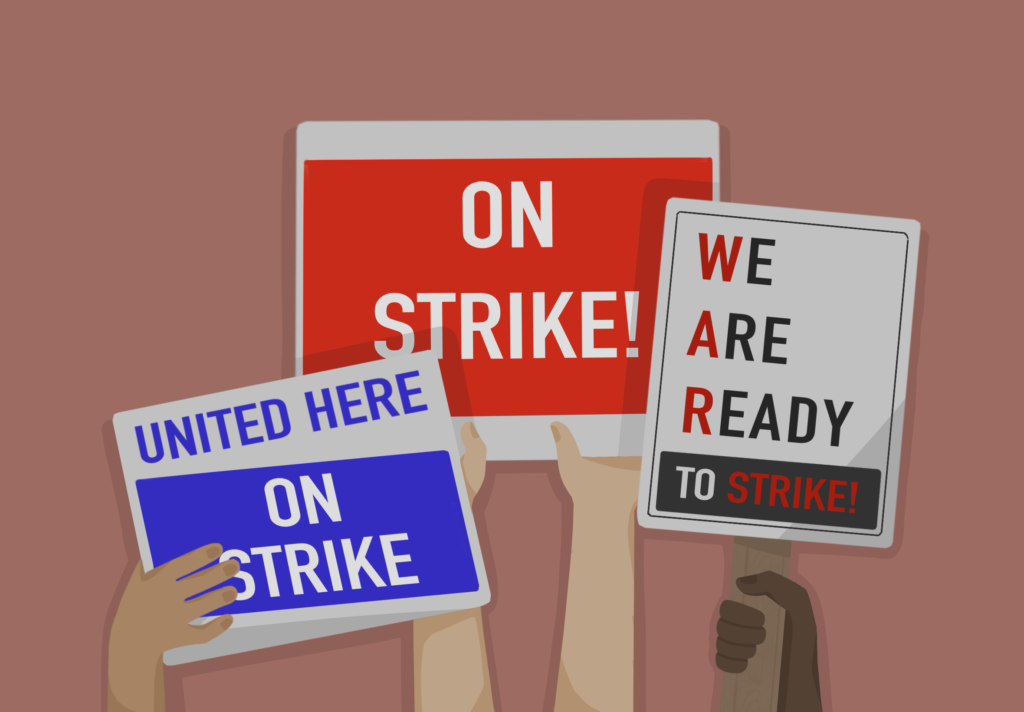Following the U.S. Food and Drug Administration (FDA)’s approval of the Pfizer-BioNTech Covid-19 vaccine on December 11, Connecticut began its vaccine distribution plan as the state’s Covid positivity rate increased to 7.41% on December 16.
Because there are currently not enough vaccines for everyone, state officials have decided to allocate them through three phases — 1a, 1b, and 2 — based on the recommendations from the Advisory Committee on Immunization Practices (ACIP). Vaccines can only be found at healthcare provider locations that have pre-registered in the Vaccine Administration Management System (VAMS). Drafted by the state’s Department of Public Health (DPH), the vaccine distribution plan will prioritize healthcare personnel, long-term care facility residents, and medical first responders as soon as the vaccines are received in phase 1a.
Dr. Reinhard Kage P’22, an immunologist and allergist at the Rheumatology and Allergy Institute of Connecticut, believes that it is essential for healthcare workers to receive vaccinations. He said, “Right now, the only way to protect ourselves is masks and face shields and gowns and gloves, and there is still a small risk of infection. So, I think [getting the vaccine] is the only way to keep the healthcare workers safe.”
If phase 1a is successful, phase 1b will be implemented from January through May and will include adults over 65, high-risk individuals under 65, and anyone who works in congregate settings and the critical workforce. Everyone else, including those under 18, can get the vaccine during phase 2, which will occur between June and December.
Although the plan intends to make the vaccine accessible to everyone by the end of next year, several hurdles may make this goal difficult to achieve. With limited federal funding, Connecticut may not be able to distribute as many vaccines as planned. “There’s a little bit of money,” said Acting Commissioner of the DPH Dr. Deidre Gifford to The Hartford Courant. “But it’s not really adequate to the task.”
The -70°C temperature required to store the Pfizer-BioNTech vaccine may present another obstacle to Connecticut’s distribution plans. According to Pfizer’s distribution fact sheet, the vaccine can be stored in three ways: six months in ultra-low temperature freezers, 30 days with refills of dry ice every five days in thermal shippers, or five days in refrigeration units at 2 to 8°C.
“It doesn’t really impact us very much because we are used to handling things that require -70°C storage,” said Dr. Thomas Balcezak, the Chief Medical Officer at Yale New Haven Health, which has requested an initial allocation of 26,000 vaccines. However, for certain parts of the country and world, he notes that “it’s going to be harder to find that -70°C storage capacity.” With the Moderna vaccine that only requires -20°C for storage and the AstraZeneca vaccine requiring 2-8°C both waiting for FDA approval, Dr. Balcezak believes that “it’s good that there are multiple different kinds of vaccines in the pipeline, and we’re not fully dependent on one type of vaccine or one manufacturer.”
In trying to get as many people vaccinated as possible, the distribution plan faces another crucial problem: distrust in the vaccine. Results from a survey conducted by the Pew Research Center show that about four out of ten Americans do not plan on getting the vaccine. Since Connecticut has not yet decided on a statewide mandate — although employers have the power to enforce a mandate — those who do not wish to receive the vaccine reserve the right to not take it. However, Dr. Balcezak believes people should “100% unequivocally” get the vaccine if it is made available to them. “We know that the risk of death in Covid-19 is real, and this vaccine is safer than getting Covid,” he said.
Dr. Kage echoed this sentiment, saying, “We will want 70% of the people immune to the disease to prevent widespread outbreak. Once we achieve [herd immunity], then I think we can get back a new normal.”
Despite the relief that comes with vaccines finally starting to roll out, Dr. Kage warns that the fight is not over. “The vaccine is 95% protective to prevent the disease for people who get the vaccine. What we do not know is if the vaccine actually prevents spreading of the virus, so that has not been studied.”
Since the number of doses provided in phase 1a is not enough to vaccinate everyone, Dr. Kage encourages citizens to continue following health guidelines. “we need to continue wearing masks and practicing social distancing,” says Dr. Kage.




